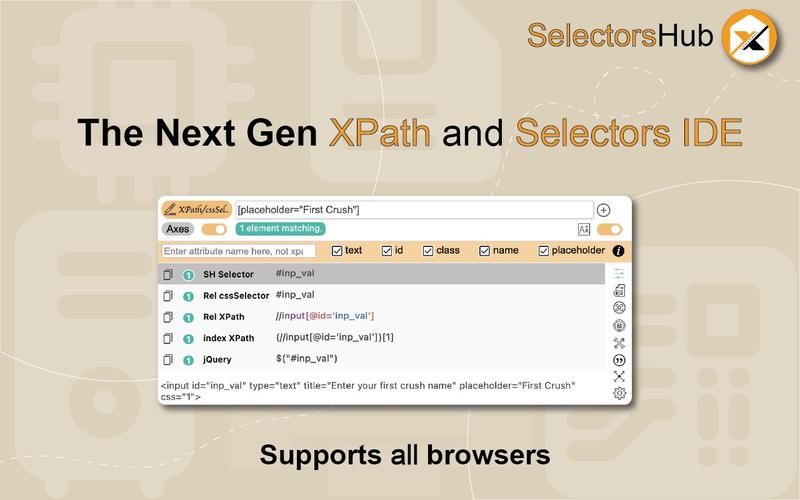
Best Filesystem for ETH Staking: A Comprehensive Guide
Staking Ethereum (ETH) has become an increasingly popular way to earn rewards in the cryptocurrency space. One of the critical factors that can impact your staking performance is the choice of filesystem. The right filesystem can enhance your node’s performance, security, and overall efficiency. In this article, we will explore the best filesystems for ETH staking, considering various aspects such as speed, reliability, and ease of use.
Understanding Filesystem Types
Before diving into the best filesystems for ETH staking, it’s essential to understand the different types of filesystems available. The most common filesystems used in Linux-based systems are ext4, XFS, Btrfs, and ZFS. Each filesystem has its unique features and benefits, making it suitable for different use cases.

| Filesystem | Description | Best Use Case |
|---|---|---|
| ext4 | Ext4 is the most widely used filesystem in Linux. It offers good performance and reliability, making it suitable for general-purpose use. | General-purpose use, including ETH staking |
| XFS | XFS is designed for large files and high-performance environments. It excels in scalability and reliability, making it ideal for large-scale storage systems. | Large-scale storage systems, including ETH staking on high-capacity drives |
| Btrfs | Btrfs is a relatively new filesystem that offers advanced features like snapshots, checksums, and self-healing capabilities. It’s suitable for both small and large-scale storage systems. | Advanced storage systems, including ETH staking with data redundancy requirements |
| ZFS | ZFS is a powerful filesystem known for its advanced features, such as data integrity, snapshots, and compression. It’s suitable for high-performance and high-availability environments. | High-performance and high-availability environments, including ETH staking on enterprise-grade hardware |
Ext4: The Most Popular Filesystem for ETH Staking
Ext4 is the most widely used filesystem in Linux, and it’s also the preferred choice for many ETH stakers. Here’s why:
- Performance: Ext4 offers good performance for both read and write operations, making it suitable for ETH staking.
- Reliability: Ext4 is known for its reliability, which is crucial for maintaining a stable staking environment.
- Support: Ext4 is well-supported by most Linux distributions, making it easy to set up and maintain.
However, it’s important to note that Ext4 may not be the best choice for all ETH staking scenarios. For instance, if you’re dealing with large files or require advanced features like snapshots, you might want to consider other filesystems.
XFS: The Ideal Filesystem for High-Capacity Drives
XFS is an excellent choice for ETH staking on high-capacity drives. Here’s why:
- Scalability: XFS is designed for large files and high-performance environments, making it ideal for ETH staking on high-capacity drives.
- Reliability: XFS is known for its reliability, which is crucial for maintaining a stable staking environment.
- Efficiency: XFS is highly efficient in terms of disk space usage, which can be beneficial for ETH staking on large drives.
However, XFS may not be the best choice for all ETH staking scenarios. For instance, if you’re dealing with small files or require advanced features like snapshots, you might want to consider other filesystems.

Btrfs: The Advanced Filesystem for Data Redundancy
Btrfs is an excellent choice for ETH staking with data redundancy requirements. Here’s why:
- Advanced Features: Btrfs offers advanced features like snapshots, checksums, and self-healing capabilities, which can be beneficial for ETH staking with data redundancy requirements.




